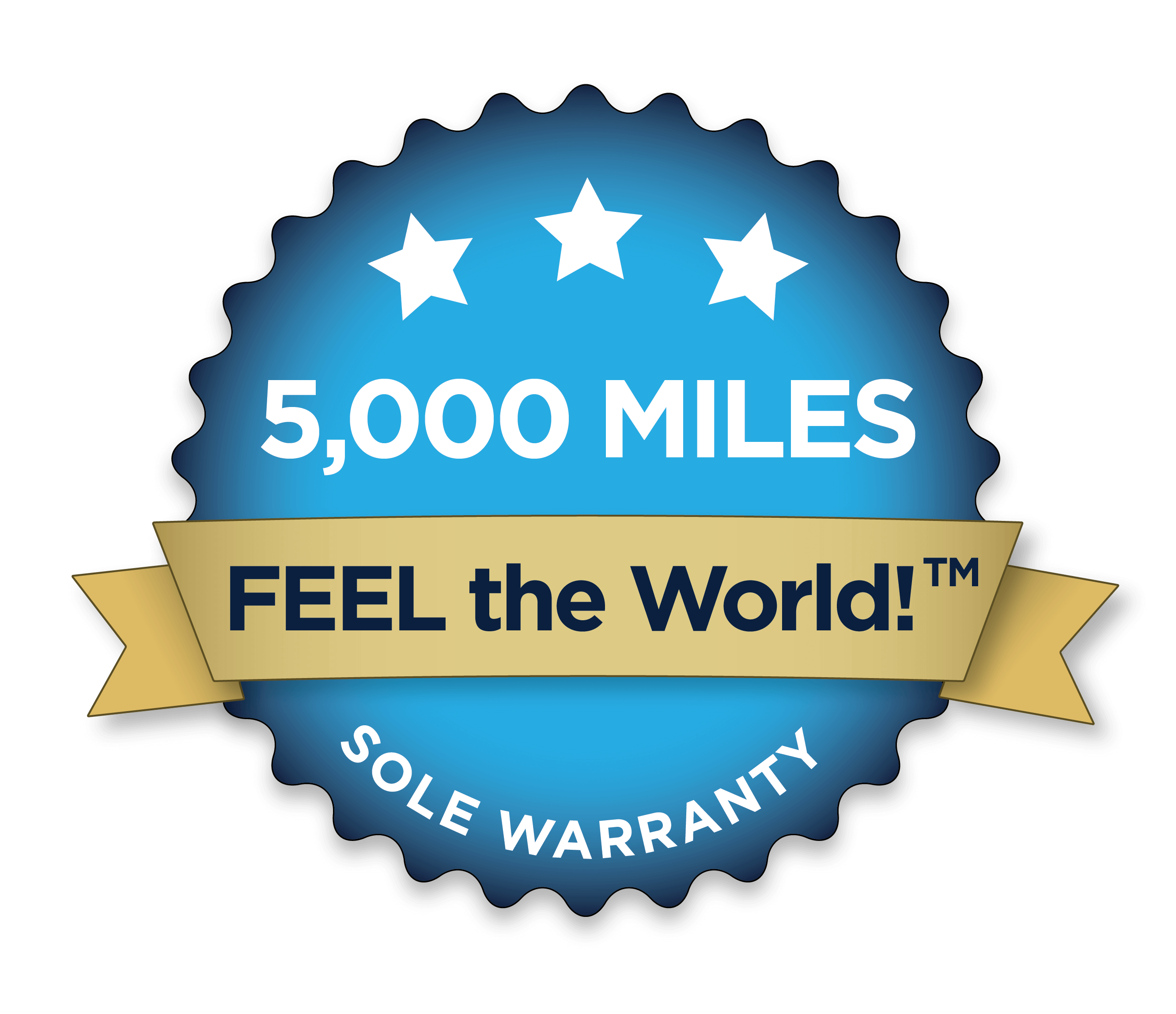Famed science educator, Neil deGrasse Tyson, invited Harvard’s Dr. Irene Davis to dive in the the question:
What Shoes (if any!) Are Best For Us?
He did this on a recent Star Talk podcast episode, Born To Run Farther, that included an interesting technique: in addition to simply talking with Irene about the research about what footwear is best for us, he played clips from a previous episode where he interviewed Christopher McDougall, the author of the best-selling book Born To Run, the book that practically started the barefoot running movement back in 2009, and asked Irene to comment.
Sometimes Irene echoed Chris’s thoughts. Sometimes she clarified. Sometimes she disagreed.
But the BEST part, other than Dr. Davis’s brilliance is that Neil and his co-hosts clearly concluded that truly minimalist footwear — shoes and sandals that let your feet be as close to barefoot as possible — are the best option.
Part of what allowed Neil to come to this, frankly obvious, end result is personal experience.
Neil talked about how his father was a successful runner in high school, in college, and continued to run when Neil and his siblings grew up.
And Neil recounted that his dad’s shoes were thin, flexible, low-to-the-ground, and lightweight… in short, minimalist!
He also mentioned that his dad had beautiful running form and didn’t sustain injuries, unlike the 50%+ of runners in “normal” shoes who don’t make it through a year without an injury (according to Dr. Davis).
Unfortunately, the episode is not 100% “pro-natural” let alone pro-barefoot because Irene couldn’t get in a word edgewise to correct the host and co-hosts about a couple points.
Right off the bat, Irene mentions how important it is for the feet to provide sensory feedback for effective and efficient movement. After all, we have over 200,000 nerve endings in our feet, which transmit to our brain information about how we’re moving and what we’re stepping on.
Neil took that and equated “sensory feedback” with “having bloody feet” from running on hard surfaces. All the jokes about mangled feet didn’t give Irene time to point out that people who’ve acclimated to barefoot running don’t have calloused feet, let alone bloody stumps that they’re running on.
Similarly, when Irene commented that, as a kid, she spent a lot of time barefoot and that it wasn’t a big deal if she stepped in dog poop, that led to another round of jokes where there wasn’t a way to squeeze in the fact that stepping in/on something unpleasant is pretty rare.
And, even if it happened more frequently, the benefits of using your feet naturally outweigh the inconvenience of having to wash your feet or put a band-aid on your toe (and washing feet is easier than washing shoes!)
It’s interesting than Neil’s mind raced to some unpleasant ideas about what happens if you get out of modern, padded, motion-controlling, arch supporting shoes.
It seems to me that “awful-izing” is something humans learned to do thousands of years ago, when imagining horrible possible futures (and, therefore, preparing in advance about how to avoid them) was important to our survival.
Now, it’s just a knee-jerk reaction when someone presents what seems to be a counter-intuitive idea, like running in bare feet.
Of course, running in bare feet or in minimalist shoes is the OPPOSITE of counter-intuitive. As Irene pointed out in the podcast, that’s what humans have done for about 99.95% of human history!
What’s truly counter-intuitive is the idea that you can out-engineer nature by interfering with the natural function of the foot.
And, happily and appropriately, that’s where the podcast landed.
Suffice it to say, THANKS Neil for taking another dive into a topic that, once it becomes more understood and accepted, could change the world.
As Irene pointed out, she has both experimental data and anecdotal reasons to believe that if people made the transition to natural movement — either in bare feet or truly minimalist footwear (like what we make here at Xero Shoes) — the amount of musculoskeletal injuries would drop significantly.
Here’s looking forward to that future.









 Fostering honest and responsive relationships between businesses and consumers.
Fostering honest and responsive relationships between businesses and consumers.












